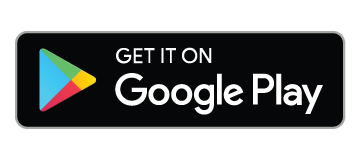eVu-TPS
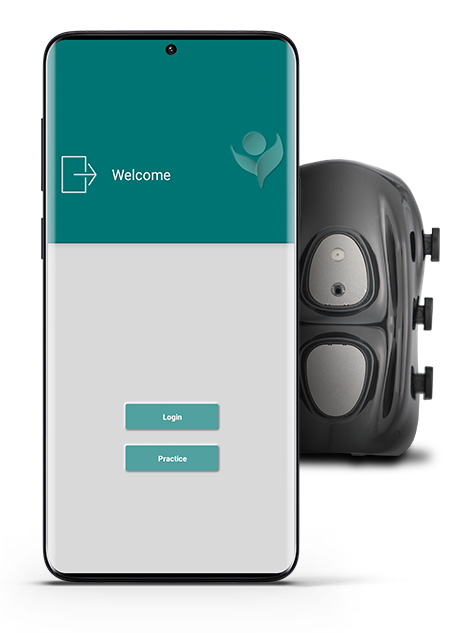
A HEALTHY NERVOUS SYSTEM RESPONDS TO THE DEMANDS OF EVERYDAY LIFE
by engaging the body in a variety of ways. A few easy examples of this are increased heart rate, quickening of the breath, and the release of hormones, like cortisol, that stimulate motivation and energy levels. This positive stress reaction pushes the individual body to persevere through the moment or task at hand. After the event or experience has passed, the body’s systems relax to recuperate and conserve resources.
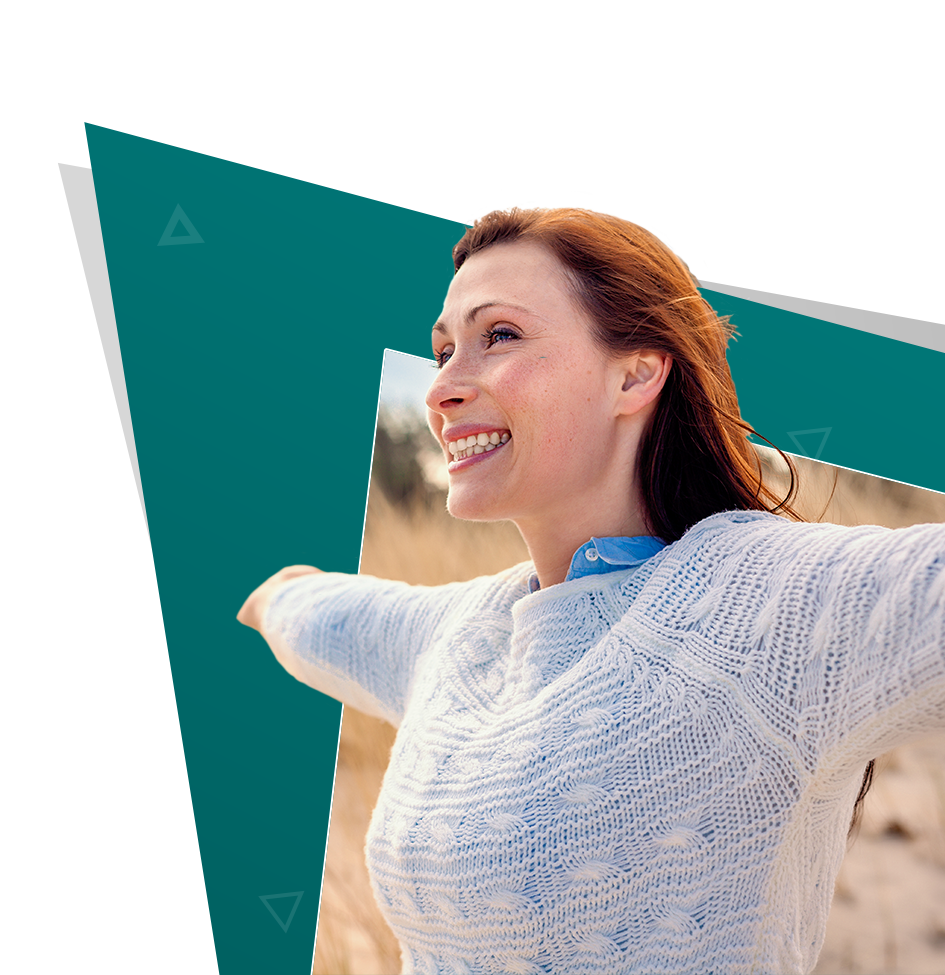
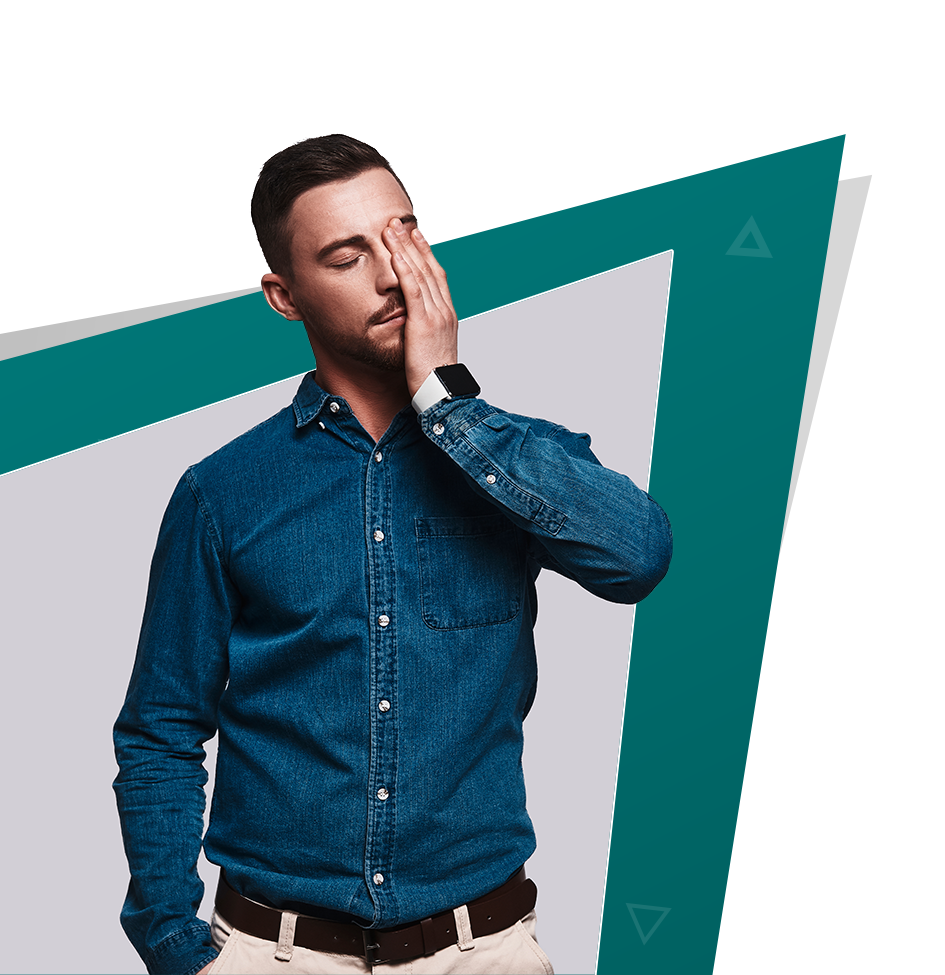
WHEN THE NERVOUS SYSTEM IS OUT OF BALANCE
the stress reaction can persist and become unhealthy. This negative stress manifests itself as persistent elevated heart and respiration rate, as well as sweaty palms, cold hands, inability to calm or focus one-self, and difficulty sleeping. The insidious effects of long-term stress hamper the body’s health and ability to recover, leading to anxiety, depression, insomnia, heart disease, weight gain, poor performance and problems with memory and concentration. These psychophysiological disorders know no bounds; they can affect anyone: child, parent, senior, student, professional, veteran, athlete.
HELP YOUR CLIENTS HELP THEMSELVES
Regardless of what type of clientele you treat in your practice, your goal is to give them the tools to better cope with the stressful demands of their lives. A challenge of any strategy or therapy is its effectiveness outside of the clinic: how can you be sure they’re correctly following your guidance? Encouraging a balanced and healthy nervous system against the effects of persistent stress requires a successful method for generalizing the therapy. The eVu-TPS is the tool that helps clients help themselves, by providing the framework to achieve such clinical progress in the real world.
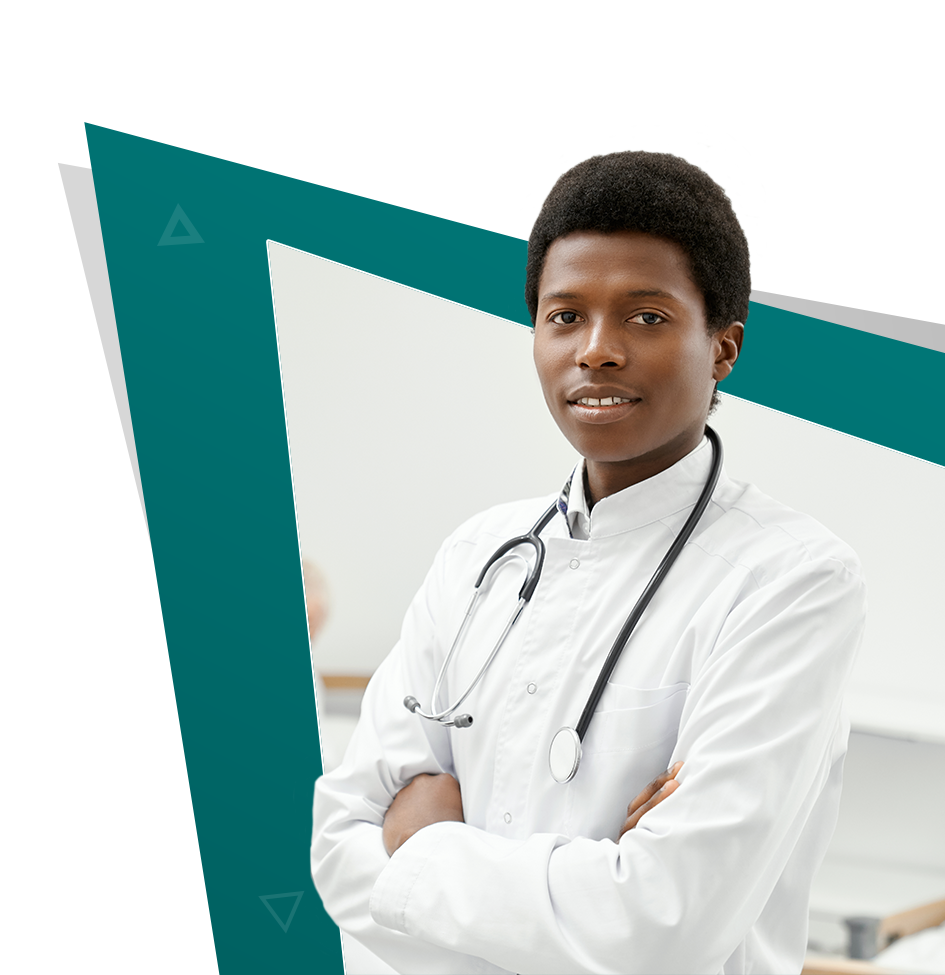
The eVu-TPS Sensor
With a compact and light-weight design, the eVu TPS is an elegantly portable sensor that brings biosignal data measurement out of the clinic and into your client’s smartphone and tablet.








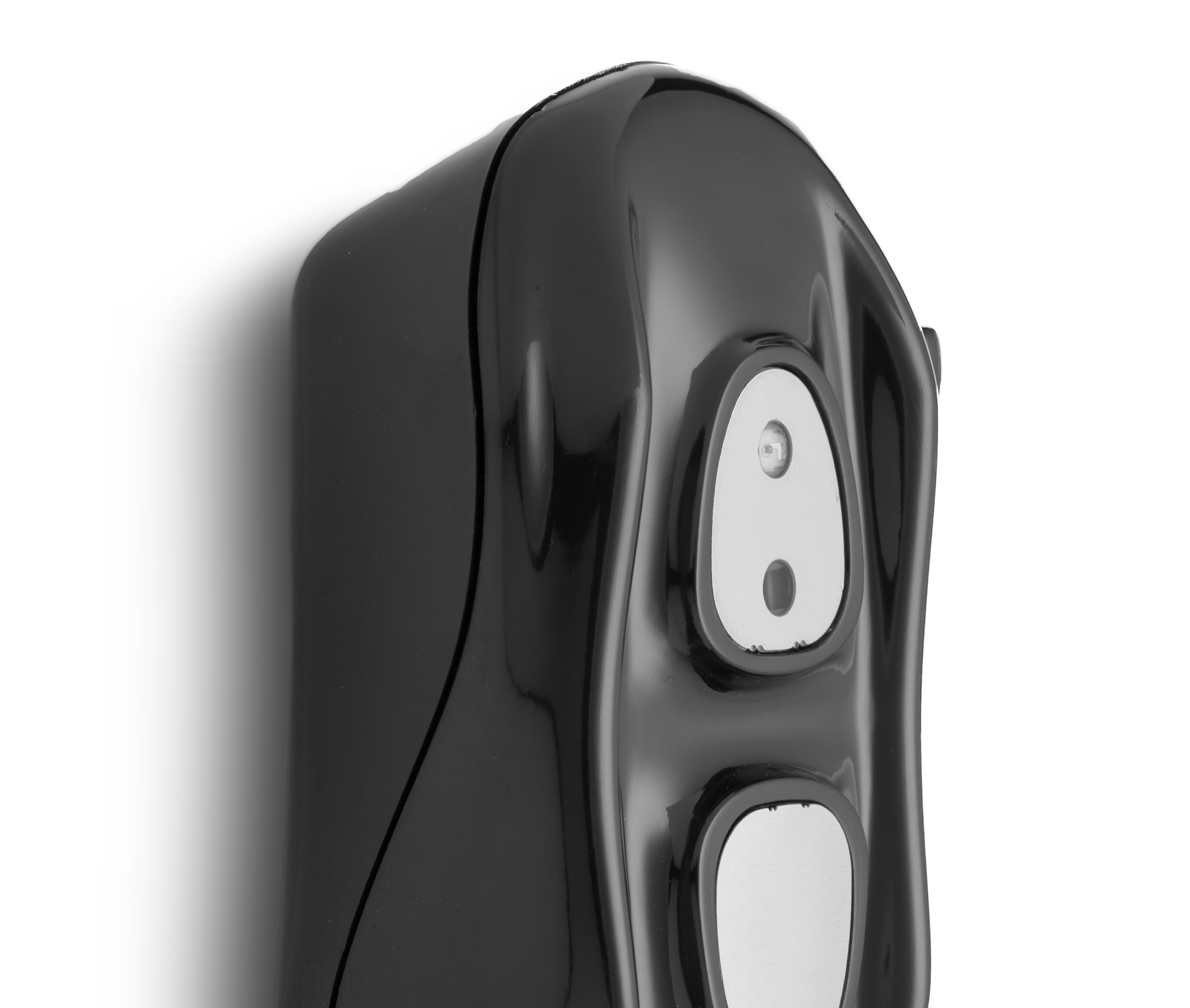
Applied to a single finger, the sensor detects and transmits four highly-researched measurements of psychophysiological health:
- Heart rate variability
- Skin conductance
- Surface temperature
- Respiration
Data transmission takes place in real time via Bluetooth to the companion app, providing the user with an accurate and immediate gauge of stress, focus, relaxation and recovery. Included with the eVu TPS sensor is a carrying case, ensuring the sensor is protected wherever it goes in the user’s pocket, purse or side bag.
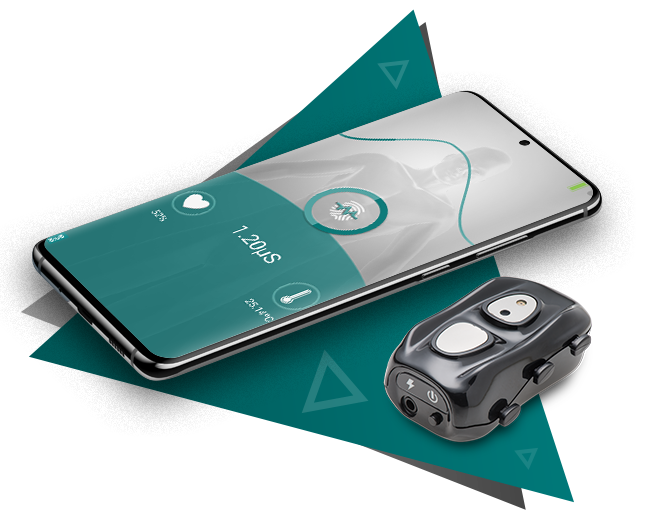
Device Biosignals
Heart Rate Variability (HRV)
When at rest, a healthy heart beat speeds up as you inhale, and slows down as you exhale. These moment-to-moment changes between successive heart beats are a telling measurement of nervous system health in terms of physical, emotional, and mental function. Studies show high heart rate variability is associated with better recovery following exertion, higher resilience to psychophysiological disorders, as well as positive feelings and outlooks on life. Stress, especially when prolonged, decreases heart rate variability. Individuals that suffer from medical or psychiatric conditions like anxiety, fatigue, and hypertension, to name a few, tend to have poor heart rate variability. Training to increase heart rate variability by following slow, relaxed paced breathing decreases the effects of stress on the nervous system, leading to diminished negative psychophysiological issues.
Skin Temperature
Cold hands are not simply due to winter weather, but an indication of the body’s response to anxiety and elevated stress. As a response to the pressure of a stressful moment, the body shunts blood flow away from the finger. The logic behind this is that the blood will be needed in more essential systems related to the fight-or-flight response. Repeated and sustained stress can lead the body to maintain the fight-or-flight state, keeping oxygen-rich blood away from the hands and thereby lowering finger temperature. When the body finally engages the relaxation response, blood flow is allowed to return to the peripheral parts of the hands, results in the warming up of the fingers.
Skin Conductance
Emotional arousal opens the pores in the hands and feet and increases electrolytes concentration, which in turn produces subtle changes in sweating. The measure of conductance across the skin’s surface is a telling biosignal for mental engagement and perception of stress. Frustration, anger and annoyance are illustrated as increases in skin conductance, while contentment, acceptance and clarity show the opposite response.
Respiration
Rapid shallow breathing correlates with increased stress and disability. An ideal relaxed rate is about 6 breaths/minute. When combined with heart rate, relaxed thoracic breathing can help increase beneficial heart rate variability and decrease the stress response

Watch our eVu-TPS introduction film

eVu-Senz Android App
Relaxation through paced breathing
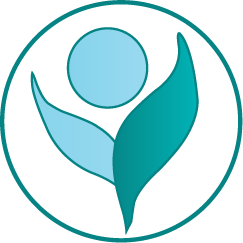
eVu Senz is the first in a line of medical apps that promises to revolutionize at-home clinical training with smartphones and tablets. eVu Senz automatically records psychophysiological data and provides three feedback modes – graphical, music and reward points – encouraging users to increase their relaxation response as they follow a breath pacer. The app organizes training into a 10-session program, where performance is scored and compared to a program goal. Training data is saved and reports can be emailed to both users and clinicians, rendering progress and compliance easy to track.
Remote Training
The eVu-Senz app is optimally designed for remote client training using software like Zoom
Reports
The software can send a PDF report of Reward Training to the clinician via email to track client results and compliance.
App Features
Biosignals
Heart rate variability, skin conductance and temperature metrics expressed as easy-to understand values.
Modifiable breath pacer
appropriate to the needs of any user whether they are novices to paced breathing or experts practicing at their resonant frequencies.
Rewarded for your progress
Point-based training program that automatically tailors success appropriate to the user’s skill level.
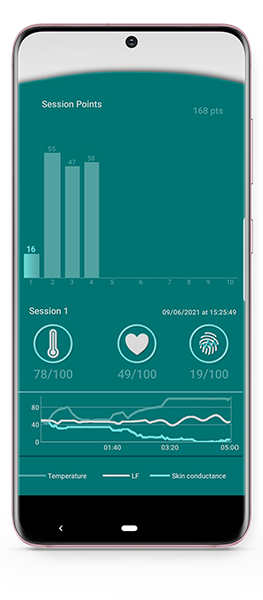
Data Artifact Detection
System’s artifact detection ensures user is informed when movement artifact is present in real time.
Save now, Review Later
All training data saved, enabling user and clinician review for effectiveness and compliance
Session durations
They can be as short as 5 minutes or as long as 60 minutes.
Three tiers of feedback
From graphics, to music, and points scored.
New Features
Reward View
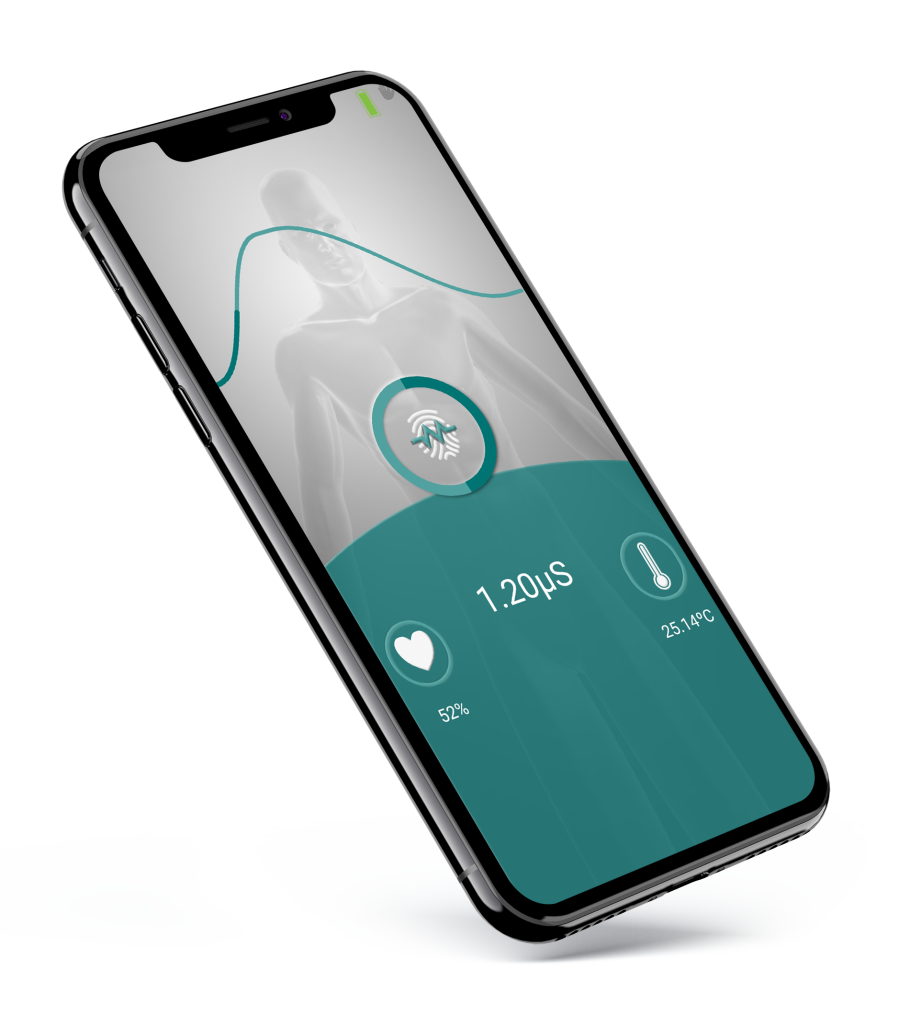
- Streamlined to be easy for anyone to use, with little or no understanding of psychophysiology.
- Includes a breath pacer and a simple scoring system to gauge relaxation, focus, and recovery.
- Easily toggle focus between heart rate variability, skin conductance, or temperature.
- Three tiers of feedback: graphical, music, and reward points.
- Clients can either follow the user-customizable breath pacer for relaxation, or other exercises provided by their health practitioner.
- Integrated real-time movement artifact detection during training.
- Training data is saved according to individual password-protected client profiles. All saved data can be reviewed.
- Training is sorted into 10 sessions, with whole-program point goals based on difficulty.
Signal View
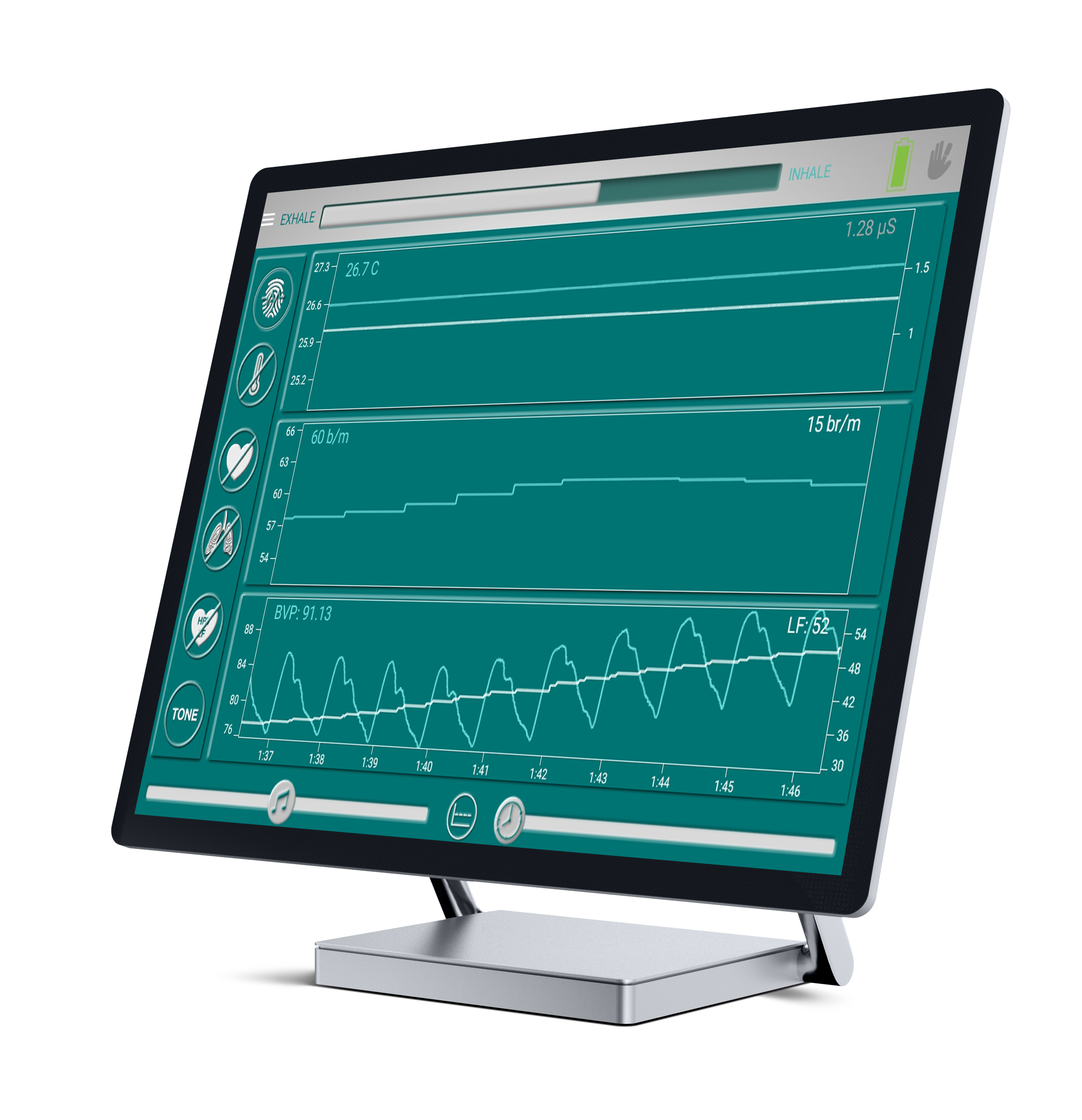
- Provides three dual-line graphs showing live data from 6 signals: temperature and skin conductance, respiration, and heart rate, raw PPG waveform and LF HRV.
- Labels for each modality are shown on the top left and top right of the graphs along with the current values.
- Click any dual graph for a full-screen view.
- Signal sensitivity slider allows you to increase/decrease the sensitivity of signals and corresponding tones.
- Time-base slider controls the plotting speed across the graph.
- A wide variety of MIDI-based proportional tone or volume proportional music feedback can be selected for any signal.
Screenshots
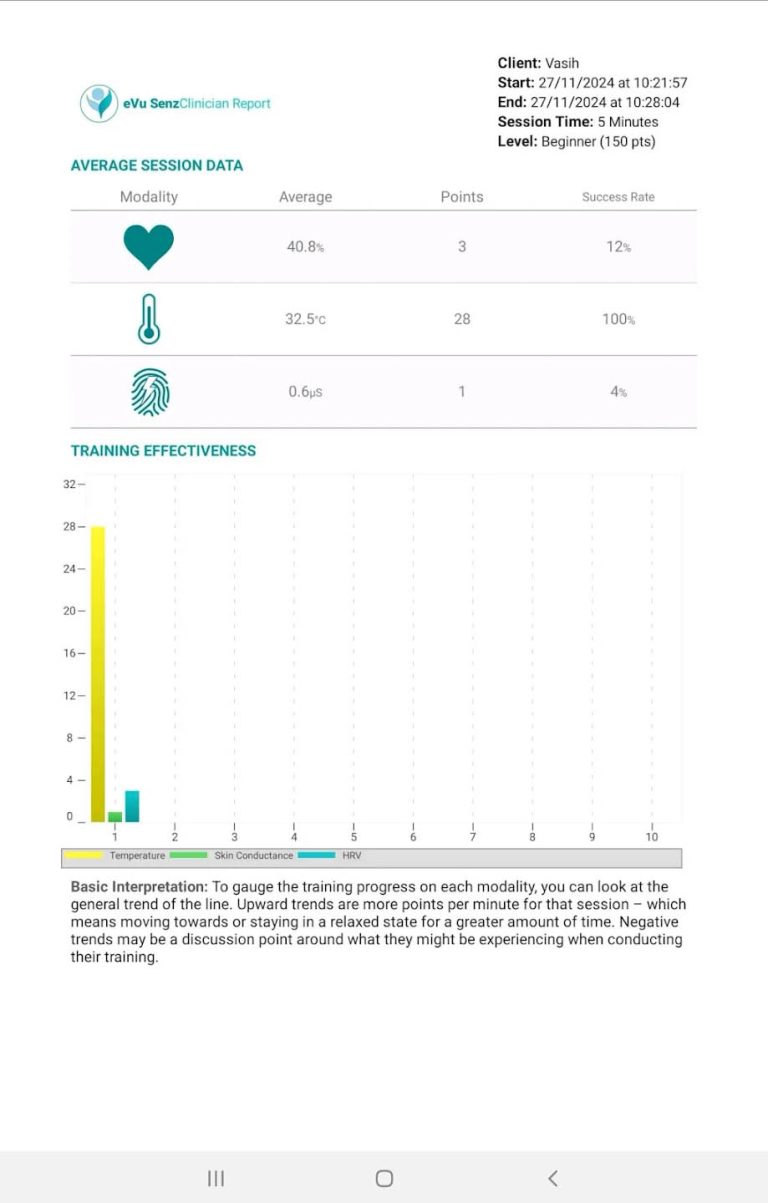
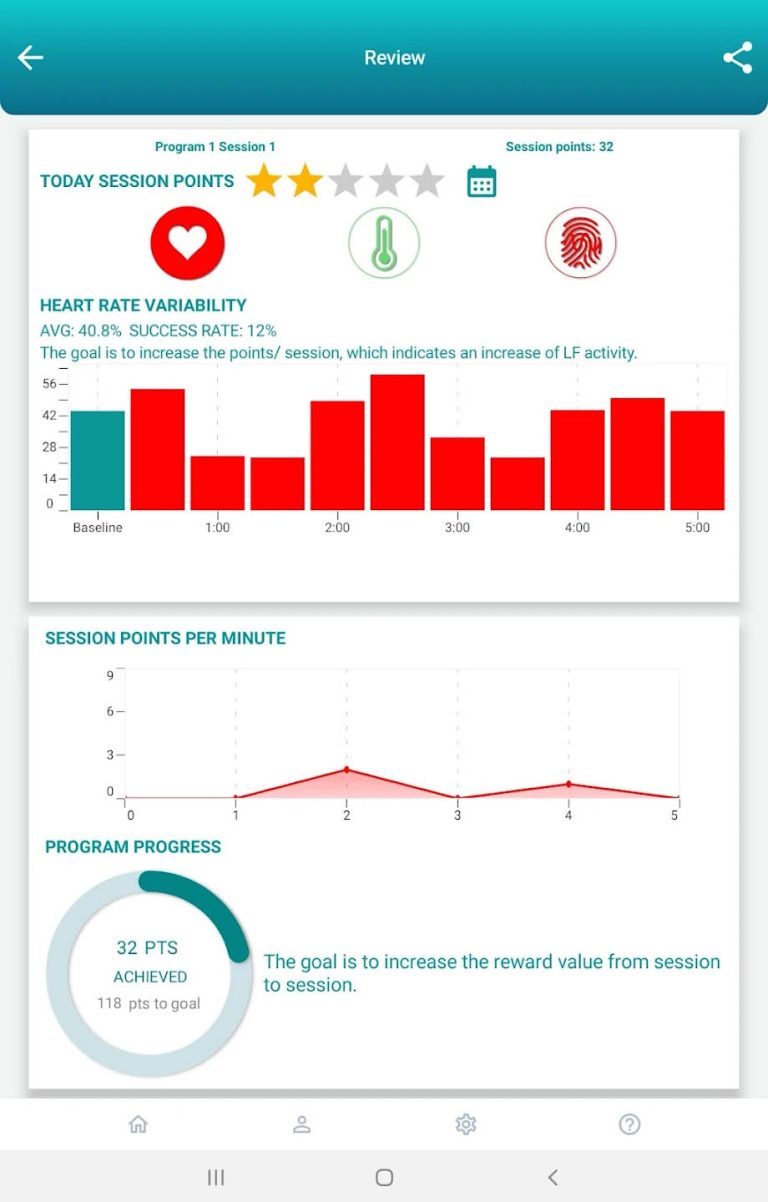
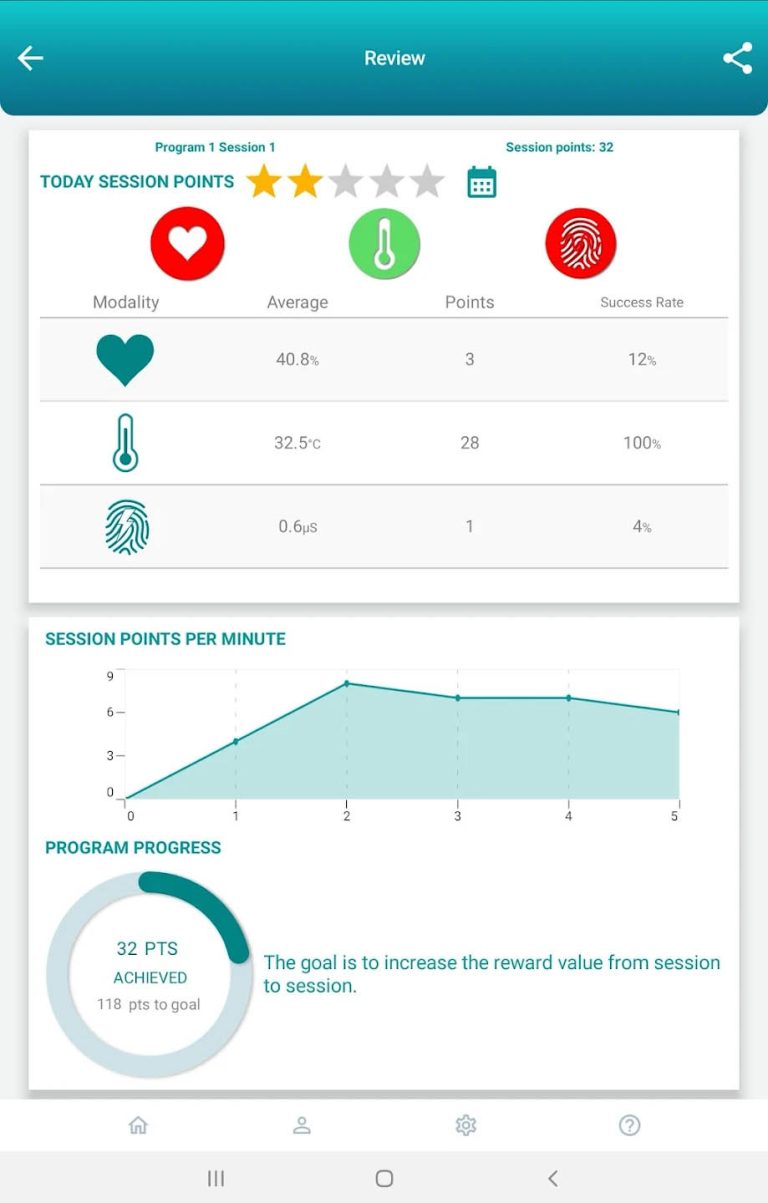
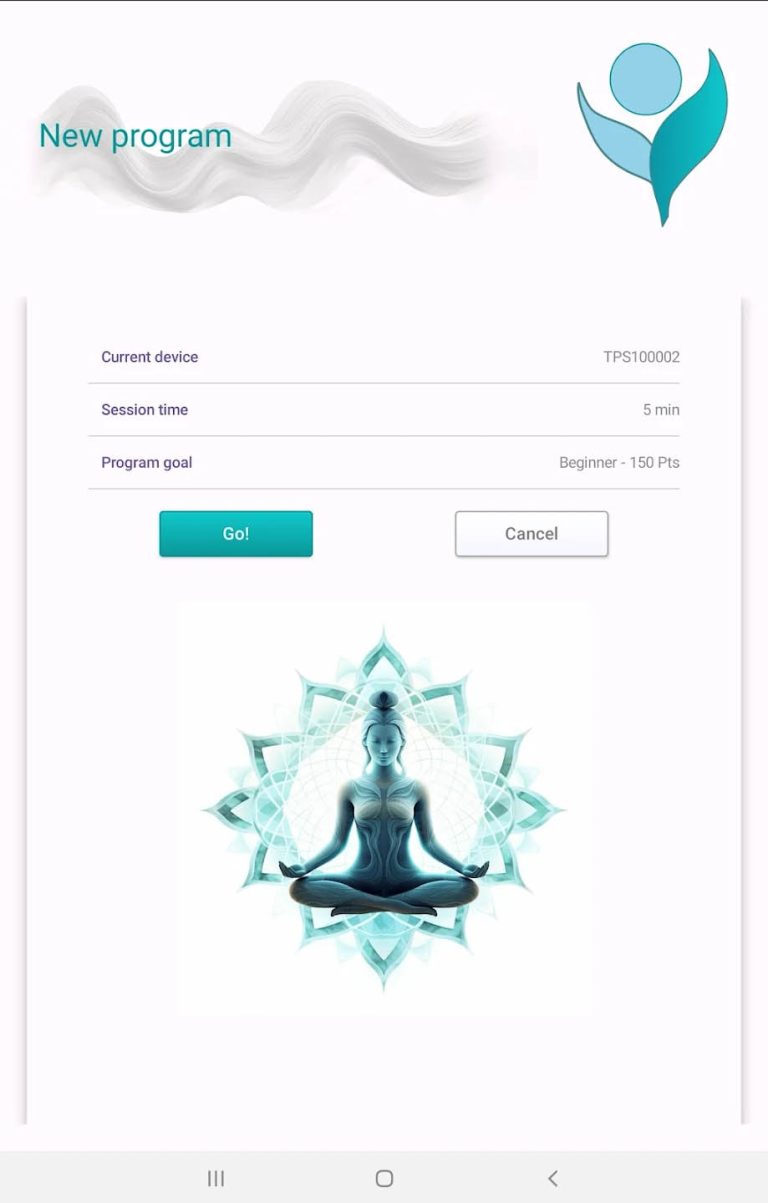
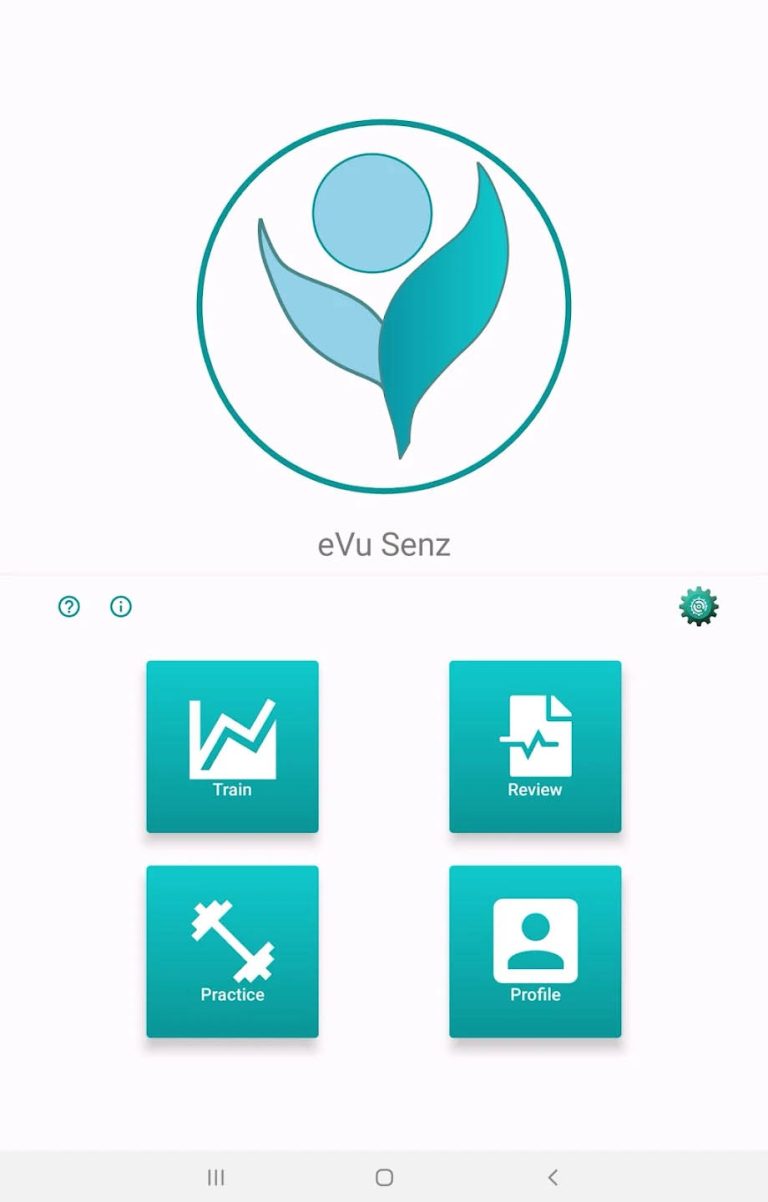
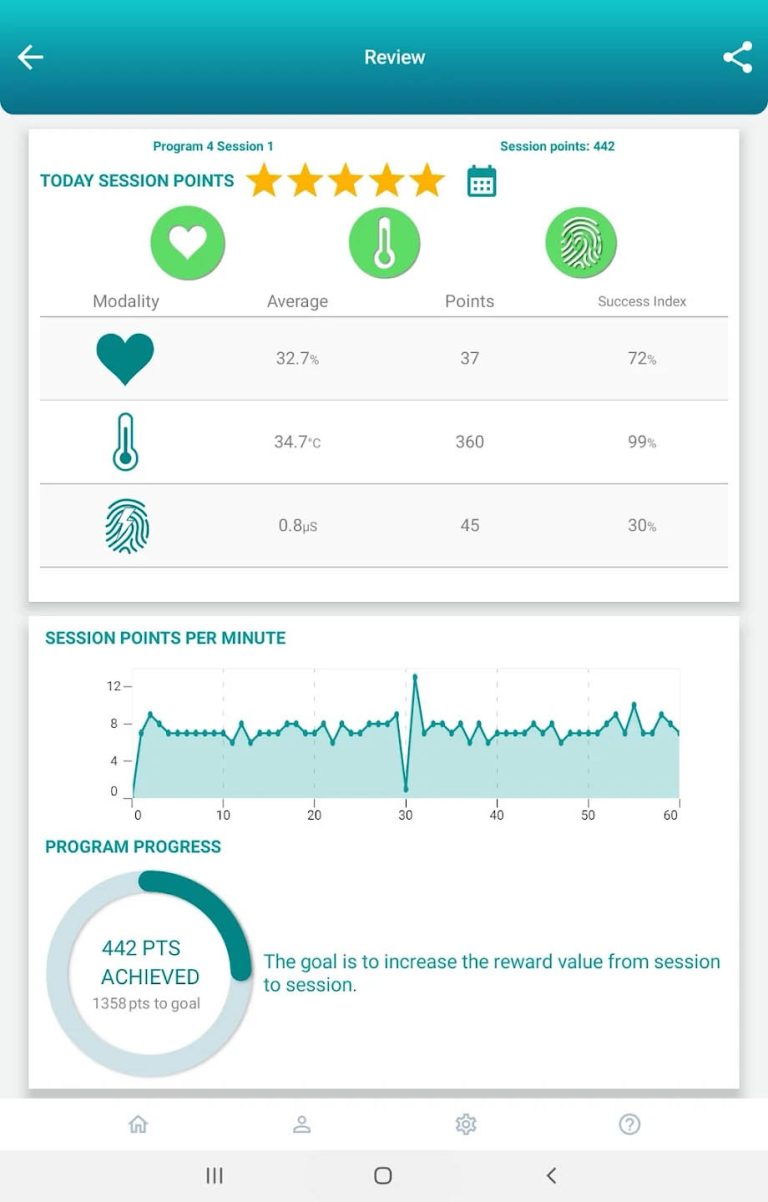
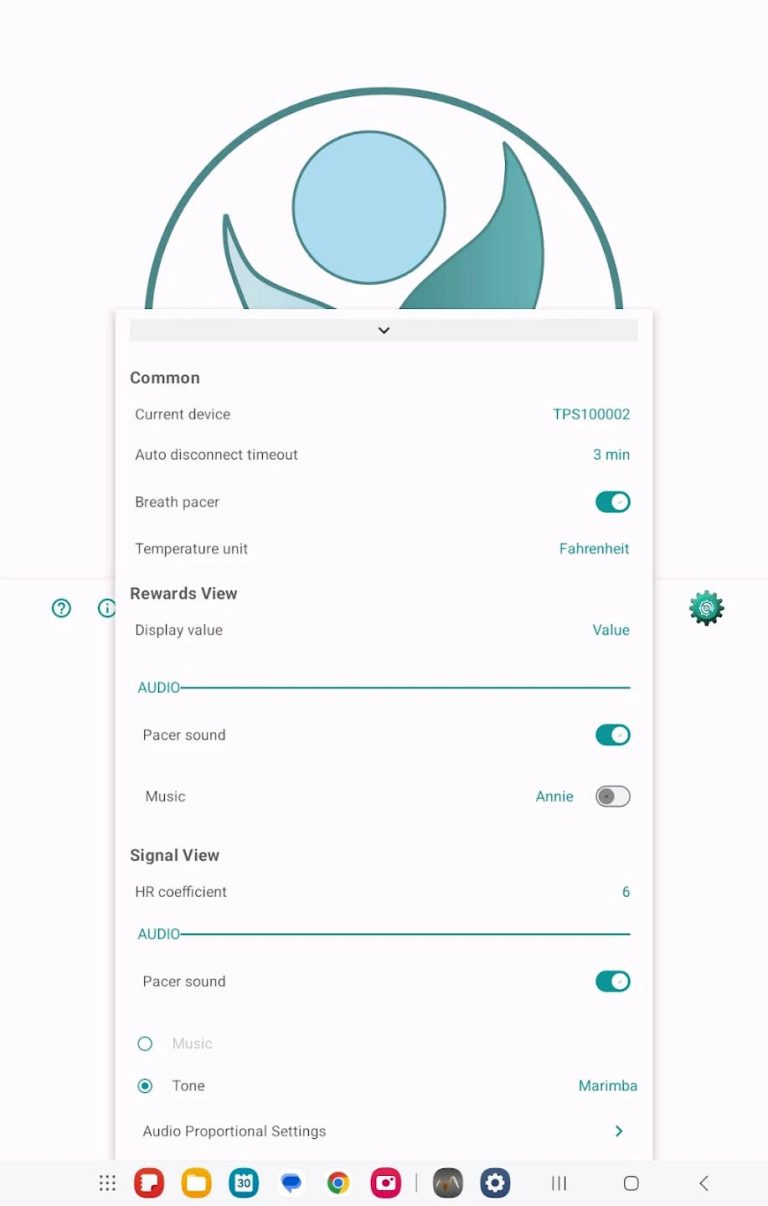





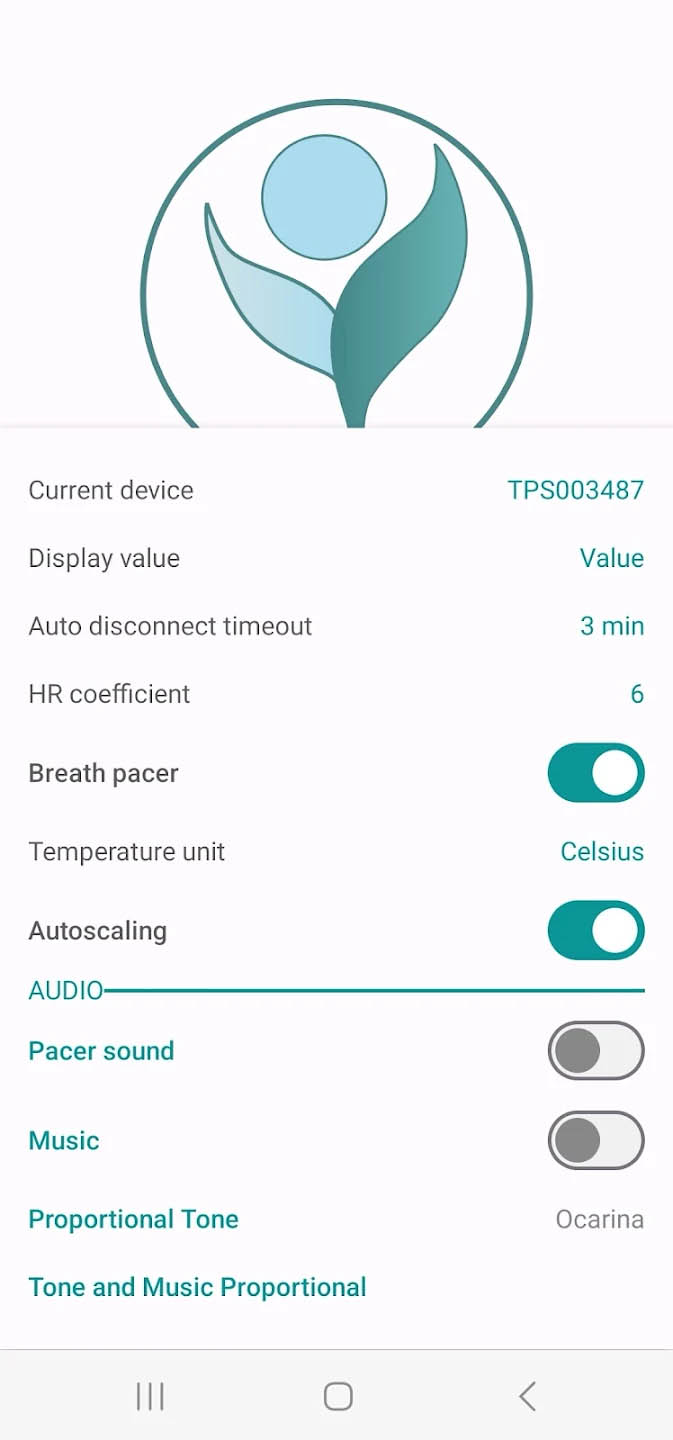
Testimonials
-
Len McEwen, MSW RSW
The TPS is a great tool for me and my clients as it allows me to check 2 things; compliance and progress. Compliance is important to me as I need to increase motivation if it is lacking just to make sure that the client is effective in his/her therapy. Without the reports, it becomes difficult to do that. Progress tracking allows me to correct errors in implementation and to see that the client is improving. I can then work with the client in the room to alter any poor implementation issues or to check on the clients perceptions of change. - Len McEwen, MSW RSW | Social worker
-
Don Moss, Ph.D
It’s the first device that I’ve seen that integrated three different physiological signals into one training device, with nice feedback that a lay person can follow. I’m excited - I look forward to using it with students and patients in the future. - Don Moss, Ph.D | Dean of the College of Integrative Medicine and Health Sciences, Saybrook University
-
Fred Shaffer, Ph.D
To the best of my knowledge, there is no comparable product either in terms of accuracy or the number of modalities that are monitored that are available in this market niche. I am excited about its potential for increasing the power of what clinicians and optimal performance coaches can achieve with the client. - Fred Shaffer, Ph.D | Professor of Psychology
-
Heena Sidhu
The TPS from Thought Technology has allowed me to monitor and follow my activities in preparation of the Olympic Games in Rio in 2016. - Heena Sidhu | Olympic Athlete
-
Donald LeBlanc
I recently purchased a eVu TPS package from you with a reference from my Osteopath. I have been training with this device along with the free IOS App for approximately 5 weeks. The results have been quite remarkable and positive on several levels. I am now training at expert level and achieving my goals usually within 8 sessions. Breathing rate of 6 BPM and 20 minute sessions.
Contact Us
For any inquiries please feel free to reach out to us through the contact form below. We will promptly get back to you.
About Us
Founded in 1975, Thought Technology is the world’s leading biofeedback, neurofeedback, and psychophysiological instrument manufacturer. Our instrumentation not only monitors and records a wide variety of physiological and mechanical signals but also analyzes and provides feedback in real-time, through a variety of auditory and visual means, to promote self-regulation and conditioning.
